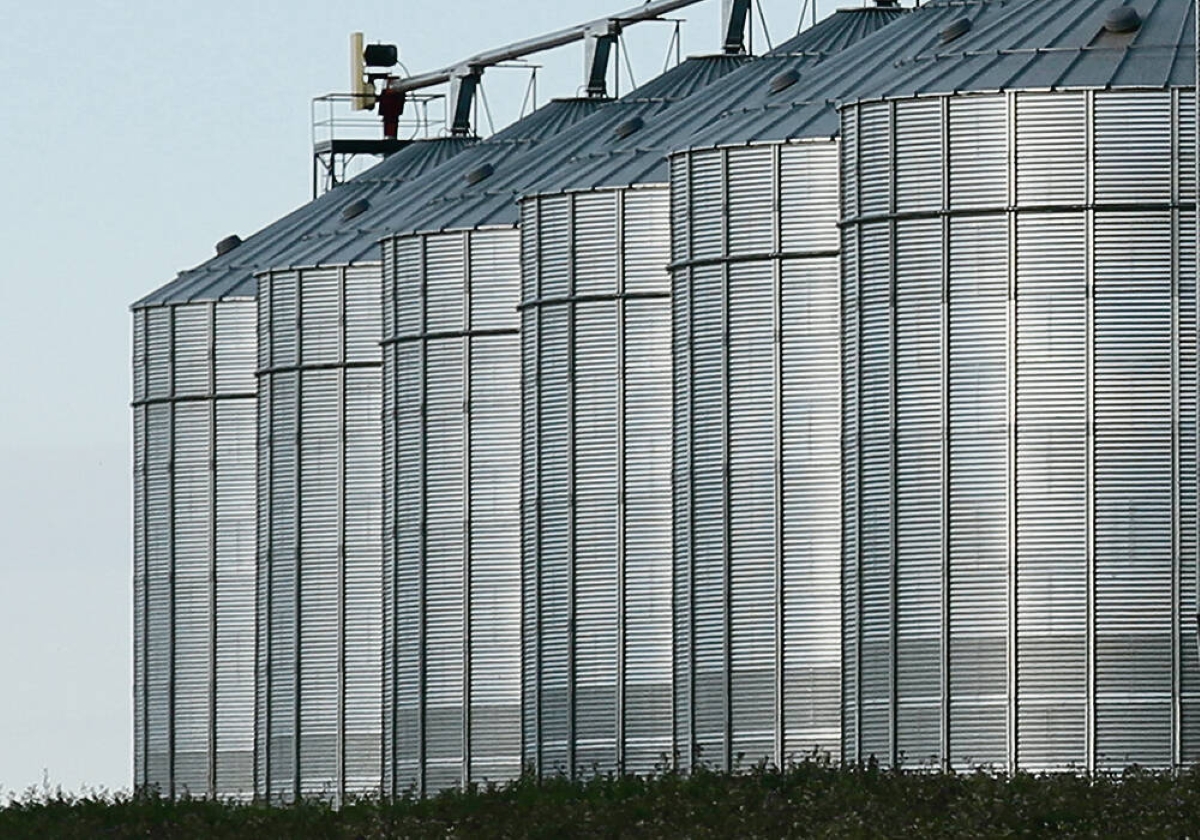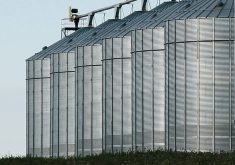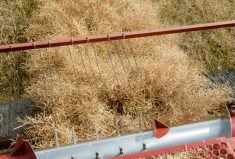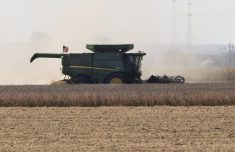If sustainability is the new measuring stick for crops, then camelina ranks as high or higher than any crop in North America.
Christina Eynck, a plant breeder for Linnaeus Plant Sciences, which is developing oilseed crops that could be used to produce biodegradable industrial oil, said the oilseed scores high in a number of sustainability categories:
* It isn’t a traditional food crop, which helps avoid the food versus fuel debate.
* It is drought tolerant and has natural resistance to blackleg and flea beetles, which reduces the need for insecticides and fungicides.
Read Also

Grain trader Bunge lowers 2025 profit forecast after closing Viterra deal
U.S. grain trader and processor Bunge on Wednesday lowered its 2025 earnings forecast following its merger with Viterra, and said it is overhauling segment and volume reporting to align with its integrated operations.
* It requires less nitrogen than other brassica crops, which makes it more sustainable.
“You want to use a feedstock that has the lowest input costs possible,” Eynck said
He said a crop that uses less water, fertilizer and pesticides is attractive in Europe, where organizations have developed sustainability standards for agricultural products and biomaterials.
“We’re working right now on our application to get our camelina supply chain RSB certified, which is the Roundtable of Sustainable Biofuels,” Eynck said from her office in Saskatoon.
“If you want to sell anything to Europe, it has to certified either by RSB or ISCC (International Sustainability and Carbon Certification).”
Linnaeus hopes to certify its camelina variety, known as Midas, to satisfy European sustainability rules sometime in 2014.
In the meantime, the company needs Canadian farmers to grow the variety. Linnaeus plans to contract 5,000 acres of Midas in 2014, almost entirely in Saskatchewan.
Linnaeus president Jack Grushcow said the company is still working on the contract price, but a rough estimate is $9 to $10 per bushel.
The contracted production will be sold to an American company for biodiesel production.
The U.S. Environmental Protection Agency announced earlier this year that camelina oil meets the criteria for a biomass based diesel or advanced biofuel. The decision means camelina satisfies the U.S. Renewable Fuel Standards for the next generation of biofuel.
It is positive news, but Grushcow said Linnaeus has its sights on industrial uses of camelina oil, such as lubricants, hydraulic fluids and feedstock for plastics and polymers.
“We’re going to go ahead and develop a … crop business so we can get growers to have experience with the crop,” he said.
“But to us, really, the future of this crop is in GM varieties that (will be) substitutes for petroleum in lubricants.”
Linnaeus entered a licensing agreement with DuPont in 2010 to accelerate the “commercialization of value added camelina oil.”
Through that arrangement, the two companies are developing genetically modified varieties of camelina and varieties with high oleic content.
“To us, really, the future of this crop is in GM varieties that (will be) substitutes for petroleum in lubricants,” Grushow said.
“High oleic varieties and other specialty varieties where we can pay farmers significantly more…. Things that are worth a couple of bucks per pound, rather than some guy wanting to pay 20 cents per lb. for the oil.”
Eynck said Europeans are interested in alternative oilseed crops such as camelina because they are concerned about the sustainability of palm oil. Numerous environmental groups and non-governmental organizations are actively lobbying against the deforestation and habitat destruction linked to palm oil plantations in Indonesia and Malaysia.
In contrast, camelina offers multiple environmental benefits, including a spring source of food for bees.
U.S. Department of Agriculture scientists are studying how winter camelina affects bee health in the upper Midwest. Camelina planted in the fall flowers early in the spring, providing a source of food for foraging bees.
In Canada, Linnaeus is touting a rotation of spring camelina and winter wheat. Camelina is a short season crop, maturing in 85 to 100 days. Farmers could harvest the camelina earlier than canola and still have time to seed a winter wheat crop in September.
Winter wheat produces higher yields than spring wheat and also provides nesting cover for migratory birds in the spring.















